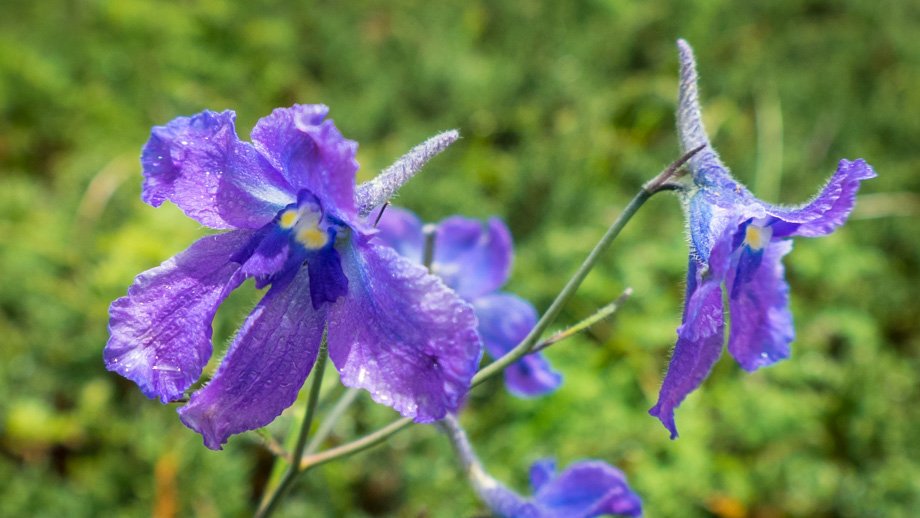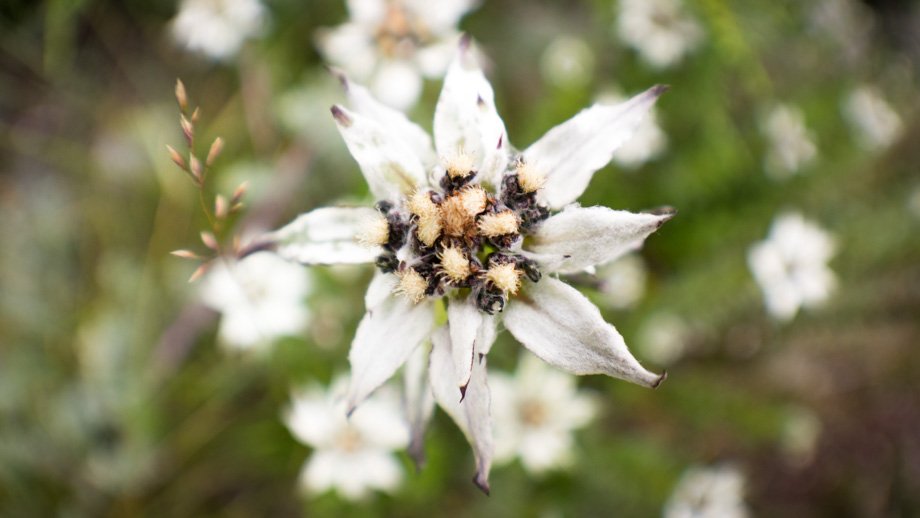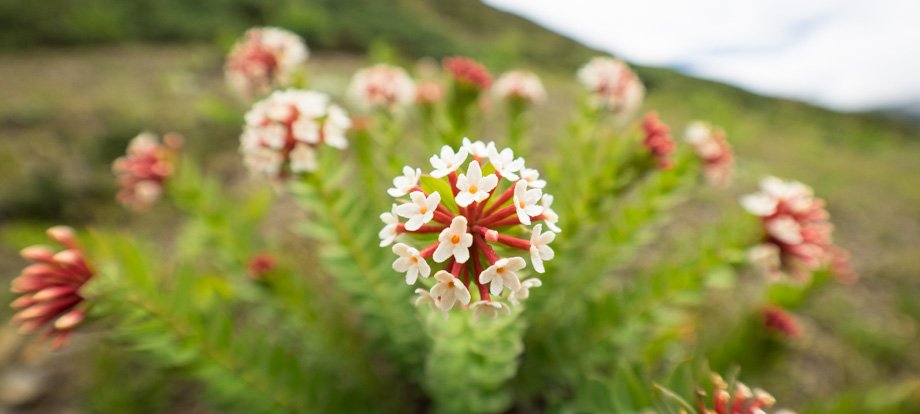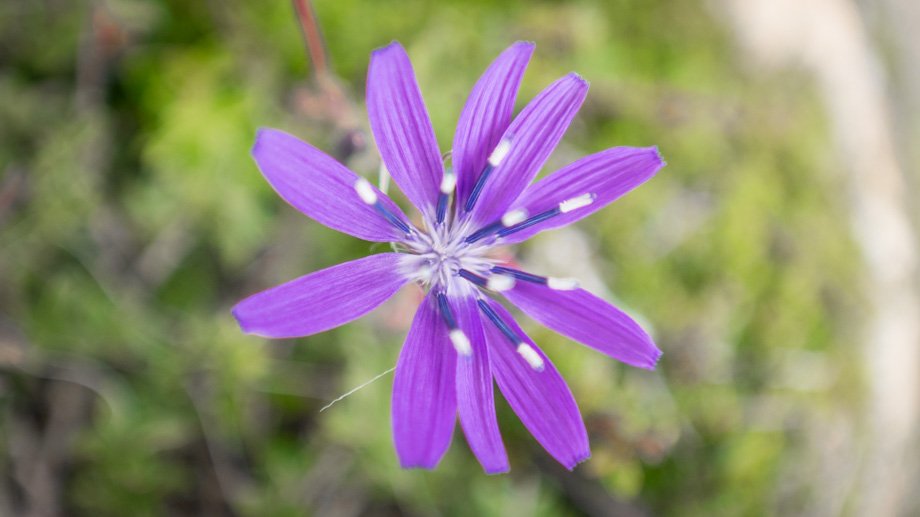Flower power!

The southern views of the Annapurna Range from Himalaya Hotel were supposed to have been perfect. Scorpio would have been clearly visible, as would have Saturn, Jupiter, and Mars.. that is, if not for the perpetual mist that shrouded everything from view each and every time the sun set. I got out of bed twice that night just to check whether the Milky Way was visible, but every single attempt that night and for the rest of the trip would turn out to be to no avail. So that morning, we decided that we would spend another night at Ngawal

(
elevation : 3660 m)
for three main reasons: we would get a chance to explore the gompa on the ridge above the hamlet, the secret cave, and the route to Kang La Pass (
elevation : 5306 m); the extra night at Ngawal's elevation, which is higher than Manang's (
elevation : 3540 m), would help us
acclimatise; and I would also get another chance at a Milky Way shot.
We left the lodge after breakfast, which was Tibetan bread (
NPR300/2) and omelette with onions and garlic (
NPR350/2), and made our way to the large stupa and the stairwell that led up to the ridge. The mist had lifted by then but the mountains to the south were still capped in thick clouds. We continued to ascend the stairs and it soon gave way to scree. There were far less prayer flags that high up, and it was much easier to appreciate the enormous range of different flowers that were scattered around.
 Larkspurs (Delphinium kamaonense)
Larkspurs (Delphinium kamaonense)
Edelweiss flowers
(Leontopodium sp.) were ubiquitous on the grassy slopes. At first glance, one may think that the flower petals are white, but these are not the petals but are rather modified leaves. The harsh conditions that the edelweiss thrives in tends to greatly increase moisture loss, and it is the velvety texture, or furriness, of these leaves that helps the edelweiss counteract this. The actual flowers are the yellow 'nodules' in the centre.
Edelweiss flowers have an enormous cultural significance, and this is especially so in some European countries. The name of the plant is derived from two German words: 'edel' which means noble, and 'weiss' which means white, but since I used to read the French comic 'Asterix' as a child, I have always known this little flower as the silver star. In the comic, the druid of the village required an edelweiss flower in order to brew a poison antidote, so he sent Asterix and Obelix all the way from France to Switzerland in order to retrieve it... and of course, all manner of hilarity and chaos ensued!
 Edelweiss (Leontopodium sp.)
Edelweiss (Leontopodium sp.)
The most common flower however, was the toxic Himalayan stellera
(Stellera chamaejasme) weed. This herb is the only species in the Stellera genus, and has completely dominated alpine meadows in certain regions in the past couple of decades. The flowers do not have petals, but have either red or yellow modified leaves that are called 'sepals' that form the outer whorls of the flowers. These sepals appear in the form of a tube and end with five white lobes that most people think are the flower petals. The weed does have its uses however, as the plant is sometimes used to treat certain ailments and the roots for making paper.

 Himalayan stellera (Stellera chamaejasme)
Himalayan stellera (Stellera chamaejasme)
 Violet dandelion (Cicerbita macrorhiza)
Violet dandelion (Cicerbita macrorhiza)











